Battery-Powered GPS Trackers
Connect more of the assets that matter with our range of GPS trackers with long battery life.


Company: Delete Group
Website: https://www.delete.fi/en/
Country: Finland
Industry: Waste Management
Connectivity: LTE-M (Cat-M1)/NB-IoT
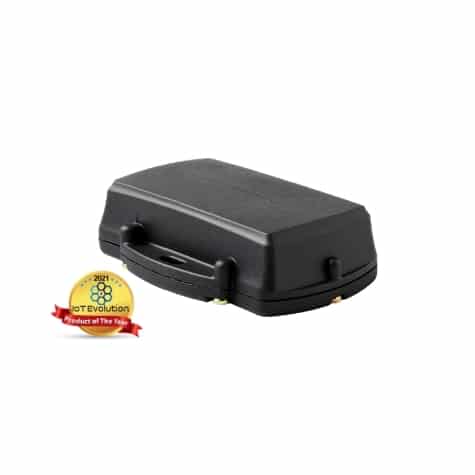
Yabby Edge Cellular
Operating over 600 waste and communal skip bins and containers across worksites throughout Finland, Delete Group (https://www.delete.fi/en/) is tracking and optimizing their business-critical waste management assets with the Yabby Edge Indoor/Outdoor battery-powered asset tracking device.
Delete Group is supported by our channel partners Prisma Quality. Visit https://prismaquality.net/ to learn more about Prisma’s asset tracking solutions.
Featuring over 10 years of battery life on 3 user-replaceable AAA batteries, the Yabby Edge offers both outdoor and indoor location tracking and operates on global LTE-M/NB-IoT networks. Compact and IP67-rated ultra-rugged, the Yabby Edge is installed on the front of Delete’s range of skip bins near the lifting mechanism to ensure the device can reliably scan for GNSS while outdoors.
![]()
Installation location of a Yabby Edge on a skip bin to maintain line-of-sight
If a GNSS fix cannot be obtained, for example in dense urban environments or if the bins are stored indoors, the Yabby Edge automatically switches to Wi-Fi scanning and/or Cell Tower Location to determine location, allowing Delete to maintain asset visibility even in difficult environments.
Cloud-based location solving on the Yabby Edge, an advanced power-saving technique that transfers the location processing workload traditionally handled on-device to the cloud, also enables ‘Deploy Once’ battery life and minimizes asset downtime, substantially reducing OPEX costs for businesses by eliminating frequent and expensive battery changes or manual recharge cycles.
In addition to size, ruggedness, and battery life, Delete Group also needed to upgrade their existing asset tracking hardware to the latest low-power LTE-M/NB-IoT connectivity to future-proof their bin tracking deployment. Seamless roaming between the two Cellular IoT networks was also required, as Delete’s bins move between the two networks regularly.

Live view of assets

Clustering view of assets
With OTA updates, reporting frequency and other tracking parameters on the Yabby Edge can be quickly configured and applied remotely to best fit any bin tracking application. Currently configured to report twice daily regardless of movement, Delete’s Yabby Edges will perform reliably for an *estimated 10 years before requiring a battery change.
| # of Daily Updates | Battery Life – Legacy Devices | Battery Life – Yabby Edge |
| 1 | 3 years | 10 years |
| 2 | 1.5 years | 10 years |
| 4 | 0.9 years | 8 years |
| 12 | 0.5 years | 3.5 years |
| 24 | 12 weeks | 2 years |
*Battery life estimates are influenced by several factors including temperature, installation and orientation of the device, the frequency of location updates, network coverage, sensor integrations, peripherals, accelerometer settings, and more. Learn more about calculating battery life on the Yabby Edge.
From Prisma Quality:
“The Yabby Edge ticked all of Delete Group’s bin tracking requirements as a robust, rugged, and future-proof Indoor/Outdoor battery-powered asset tracking device, says Petter Kroneld, Co-founder at Prisma Quality. “Maintaining a bird’s eye view of where, how many, and how long their bins are deployed across worksites is critical in optimizing and improving the utilization of their most important assets and reducing downtime.”
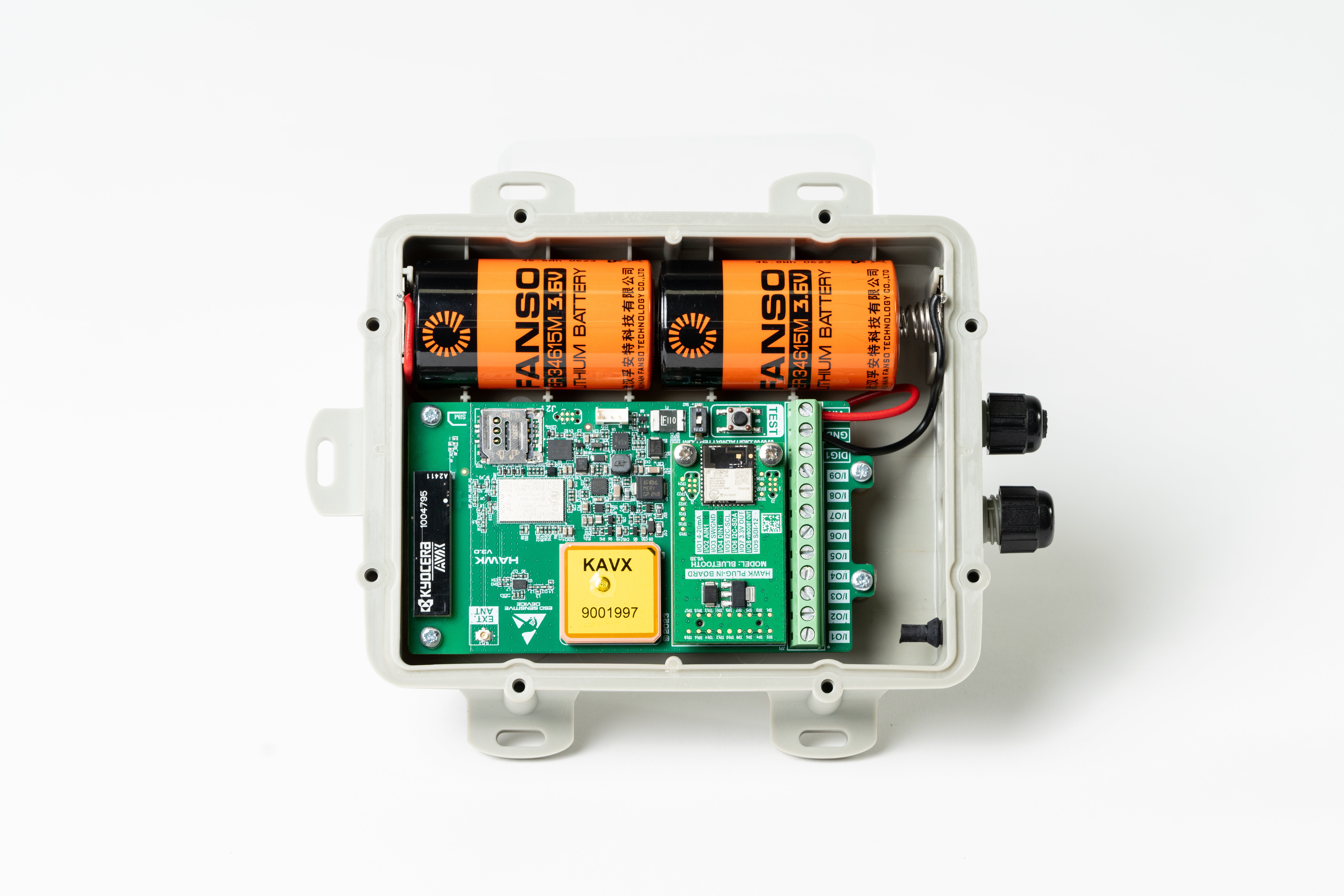
Related Case Studies
Battery selection plays an important role in determining how well a data logger performs in the field. This is especially important in challenging thermal environments or in scenarios where the data logger needs to power demanding sensors.
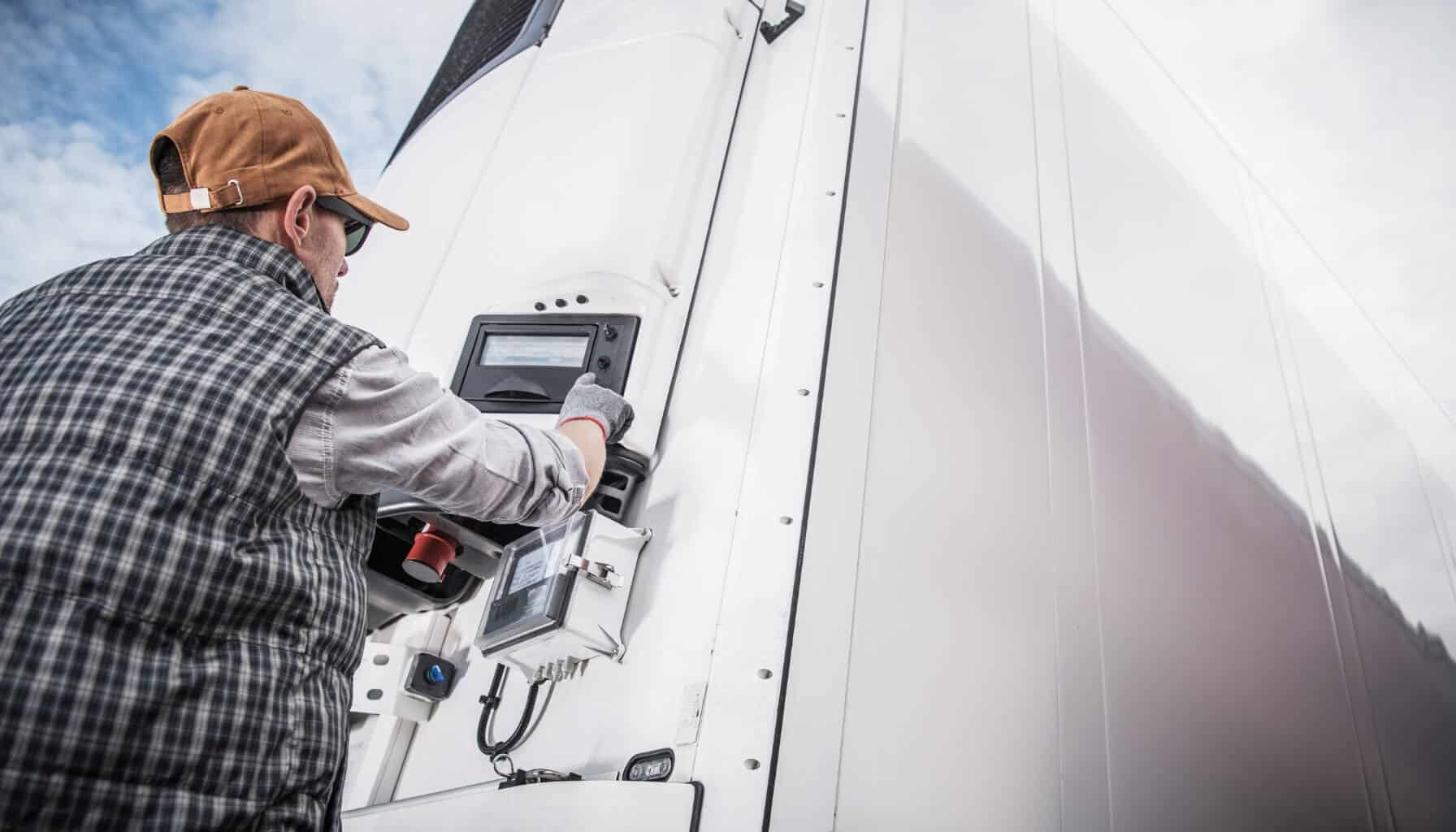
Related Case Studies
In today’s world, the need for precise sensor monitoring is becoming more and more prevalent. Temperature and humidity sensors are among some of the monitoring tools that play a pivotal role in maintaining optimal conditions for many industries, from cold chain logistics, healthcare, all the way to agriculture. This article will explore the fundamentals of temperature and humidity monitoring, the technology, applications, and role of data loggers for communicating temperature and humidity data.
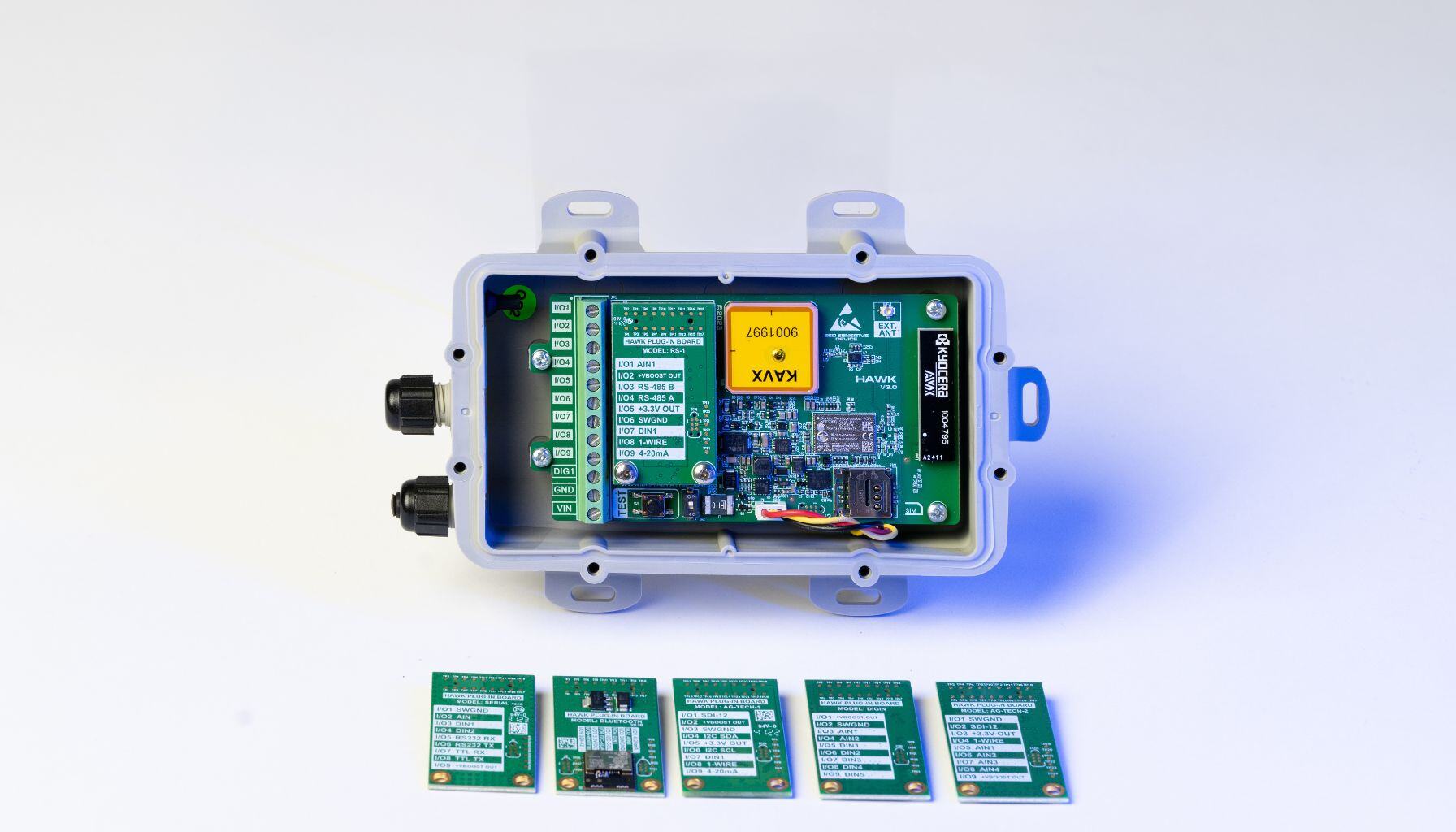
Related Case Studies
What is an NB-IoT Data Logger? Data and real-time insights allow businesses to optimize operations, monitor conditions, and make informed data-driven decisions. NB-IoT data loggers play a pivotal role in ensuring businesses are equipped with the right data, at the right time. NB-IoT data loggers allow for wireless, remote data collection from sensors, allowing businesses to capture integral data without any manual effort.
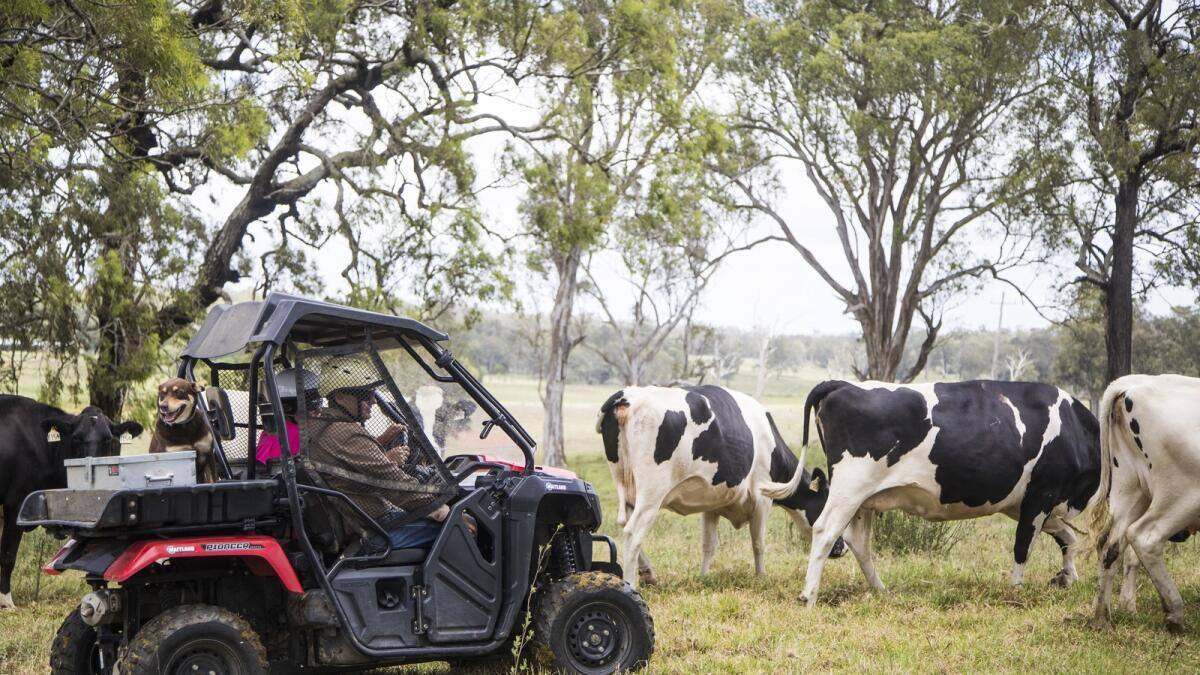
Related Case Studies
Agriculture is rapidly evolving with the integration of IoT technology, enabling farmers and agribusinesses to optimize operations, increase yields, and enhance sustainability. By leveraging remote sensors and data loggers, such as the Hawk, agricultural professionals can gain real-time insights into environmental conditions, equipment usage, and livestock movement to make data-driven decisions.
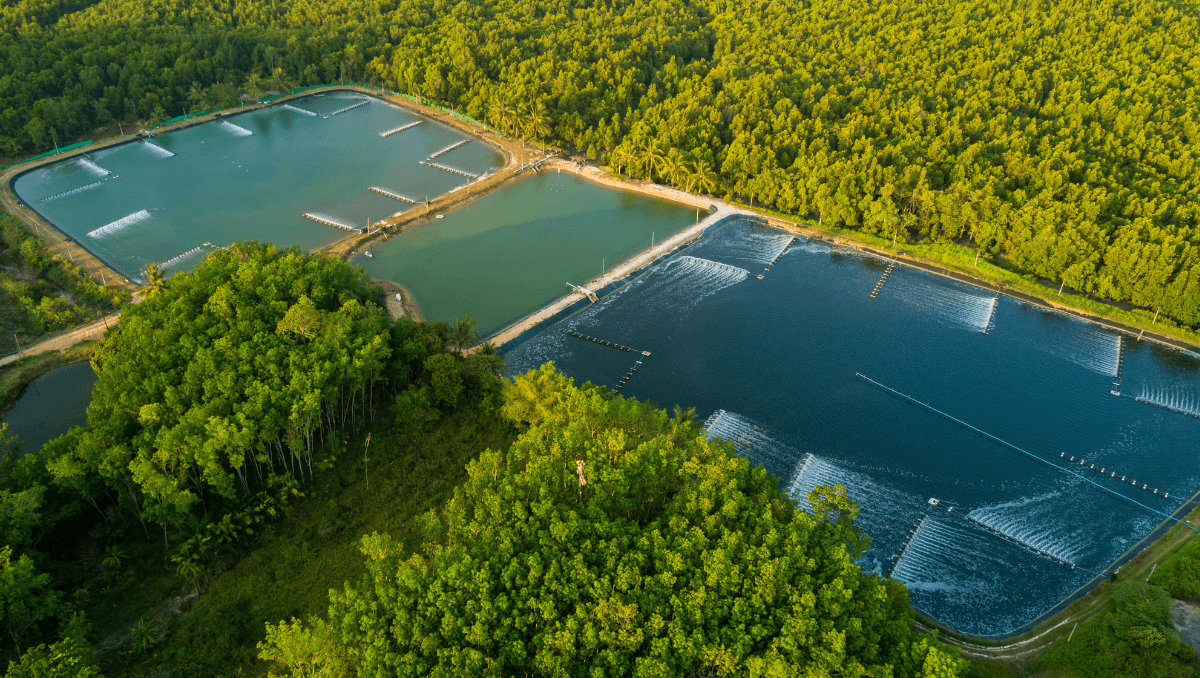
Related Case Studies
IoT plays an integral role in the modernization of smarter water management, allowing for greater efficiency, improved resource allocation and, enhanced sustainability. Learn how IoT has improved water management practices and discover the technology making this possible for industries around the world.
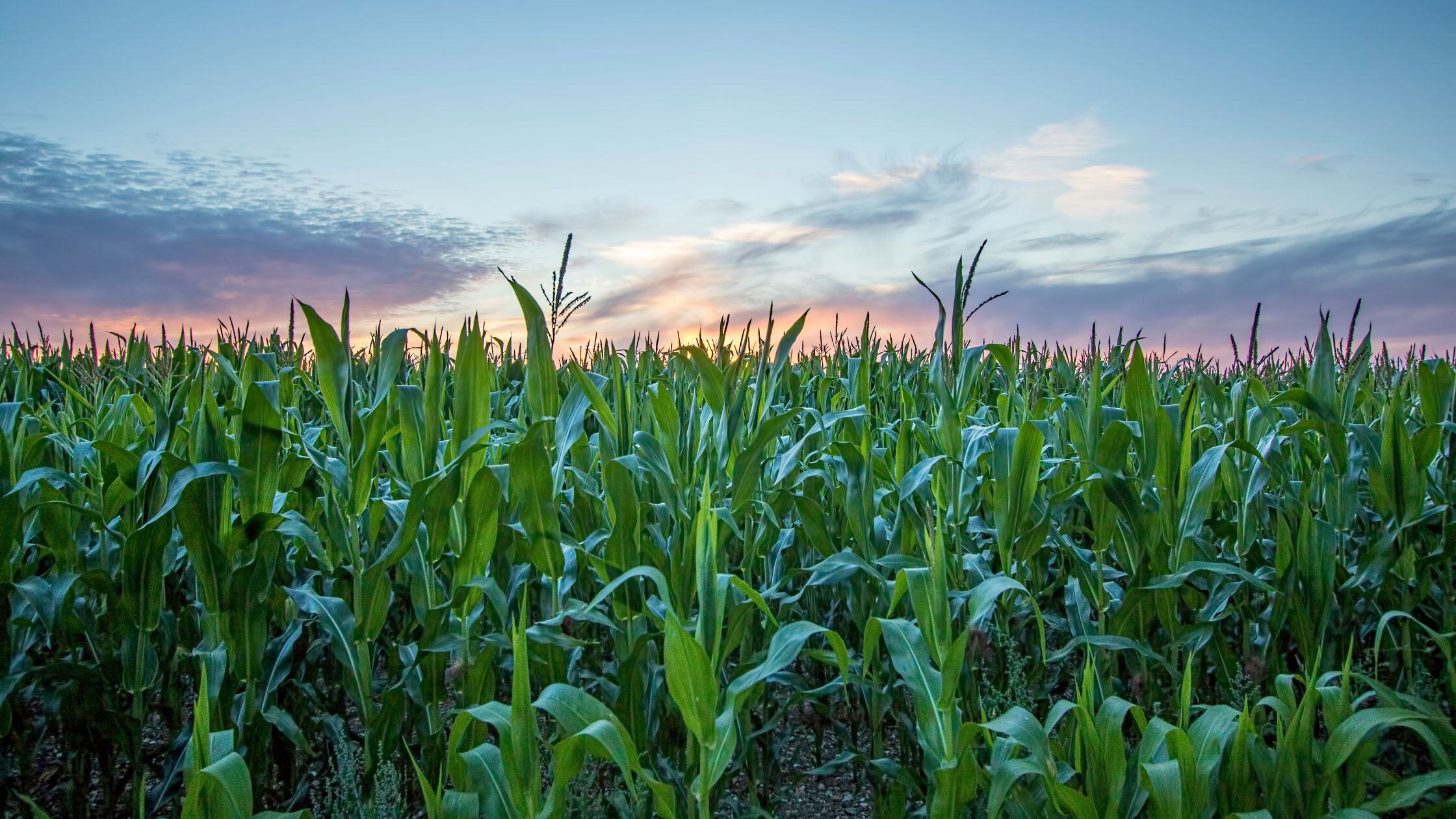
Related Case Studies
A Bluetooth® data logger can be used in sensor monitoring, utilizing Bluetooth Low Energy (BLE) to read data captured by a variety of sensors and tags. Bluetooth technology offers a cost-effective, energy-efficient solution for remote sensor monitoring, with its' low power consumption and ease of deployment. Discover the various sensors that utilize Bluetooth technology, their practical applications, and how they compare with other wireless solutions.
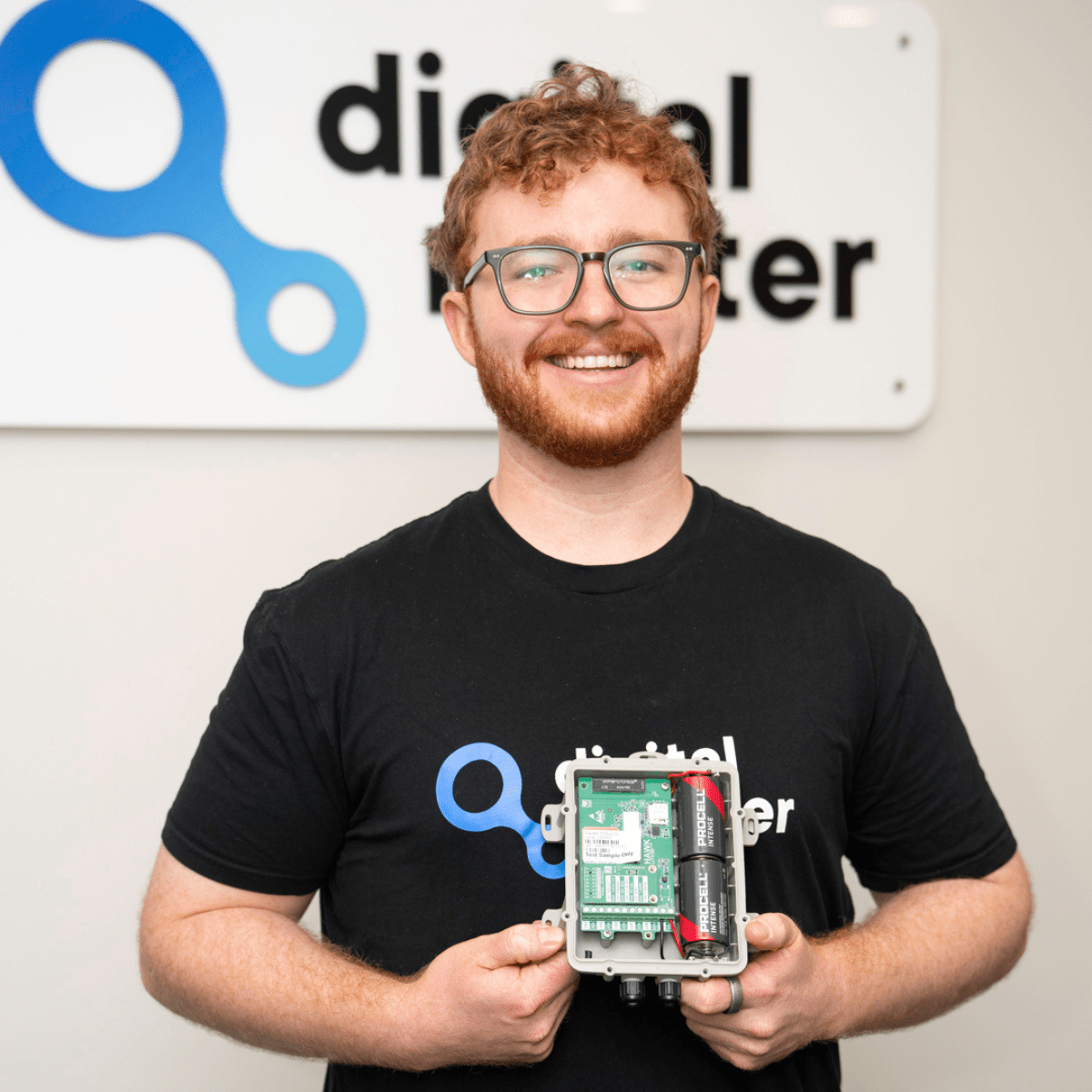
Related Case Studies
We have iterated on the low-power design DNA that permeates our entire product range to create a Hawk that can run for years using low-cost, Alkaline D Cell batteries.

Related Case Studies
Remote task management leverages IoT technology to facilitate the real-time control and monitoring of devices and systems. Utilizing IoT sensors, a series of parameters can be remotely monitored from anywhere in the world, with data sent to a designated end-platform for analysis and task automation.

Related Case Studies
Modbus protocols are utilized in many industries such as industrial automation, building automation, and utility. Modbus offers an intuitive master-slave architecture that provides crucial data that aids in making timely decisions. Modbus remains a cornerstone in sensor monitoring due to its reliability, ease of implementation, and broad industry acceptance. Modbus data loggers help translate the data captured from Modbus protocols into a cloud-based platform to allow for remote monitoring.
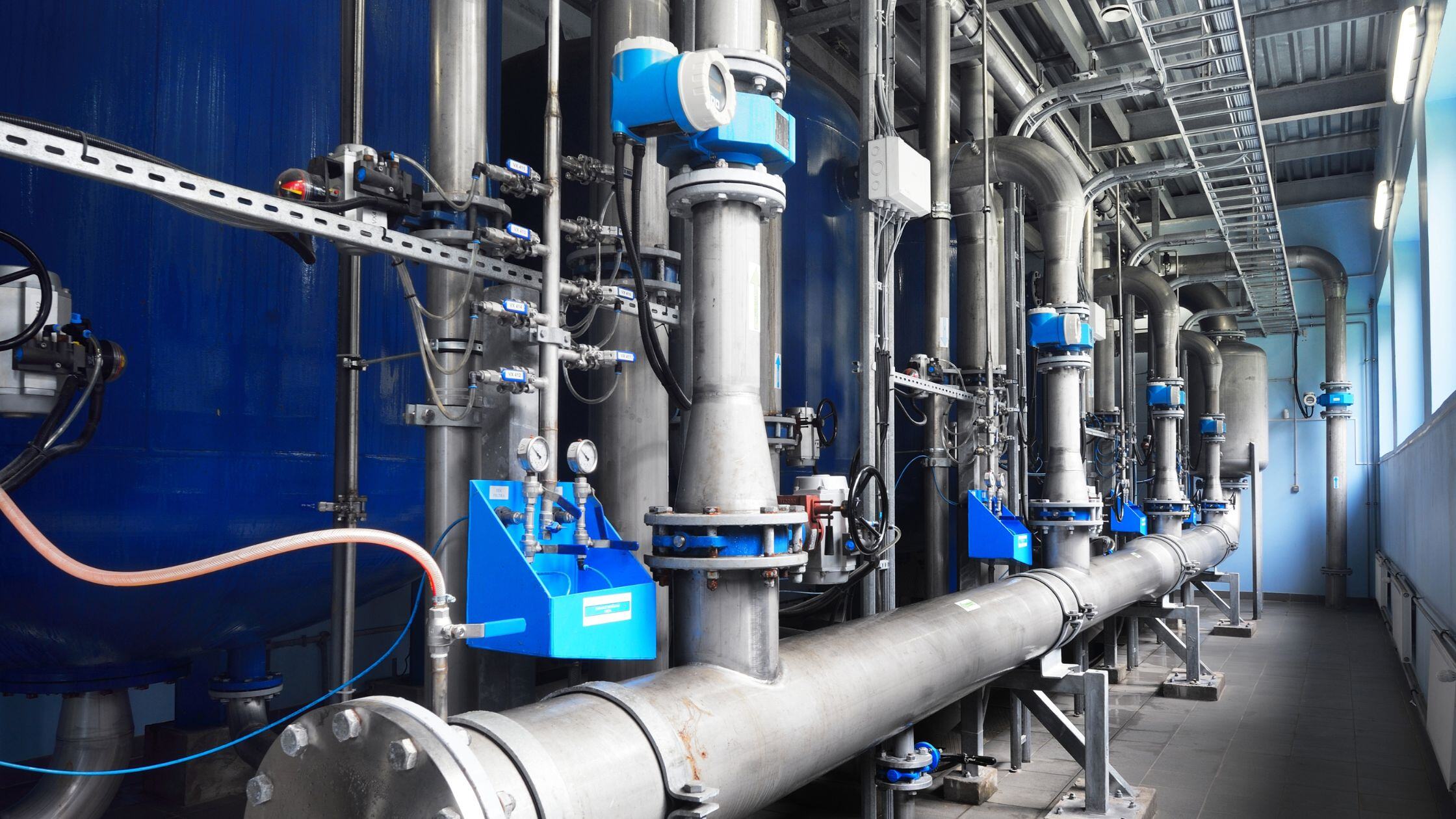
Related Case Studies
Water pressure management refers to monitoring and controlling the pressure within water systems. These systems comprise three components: a sensor, a water pressure datalogger, and a cloud-based platform.
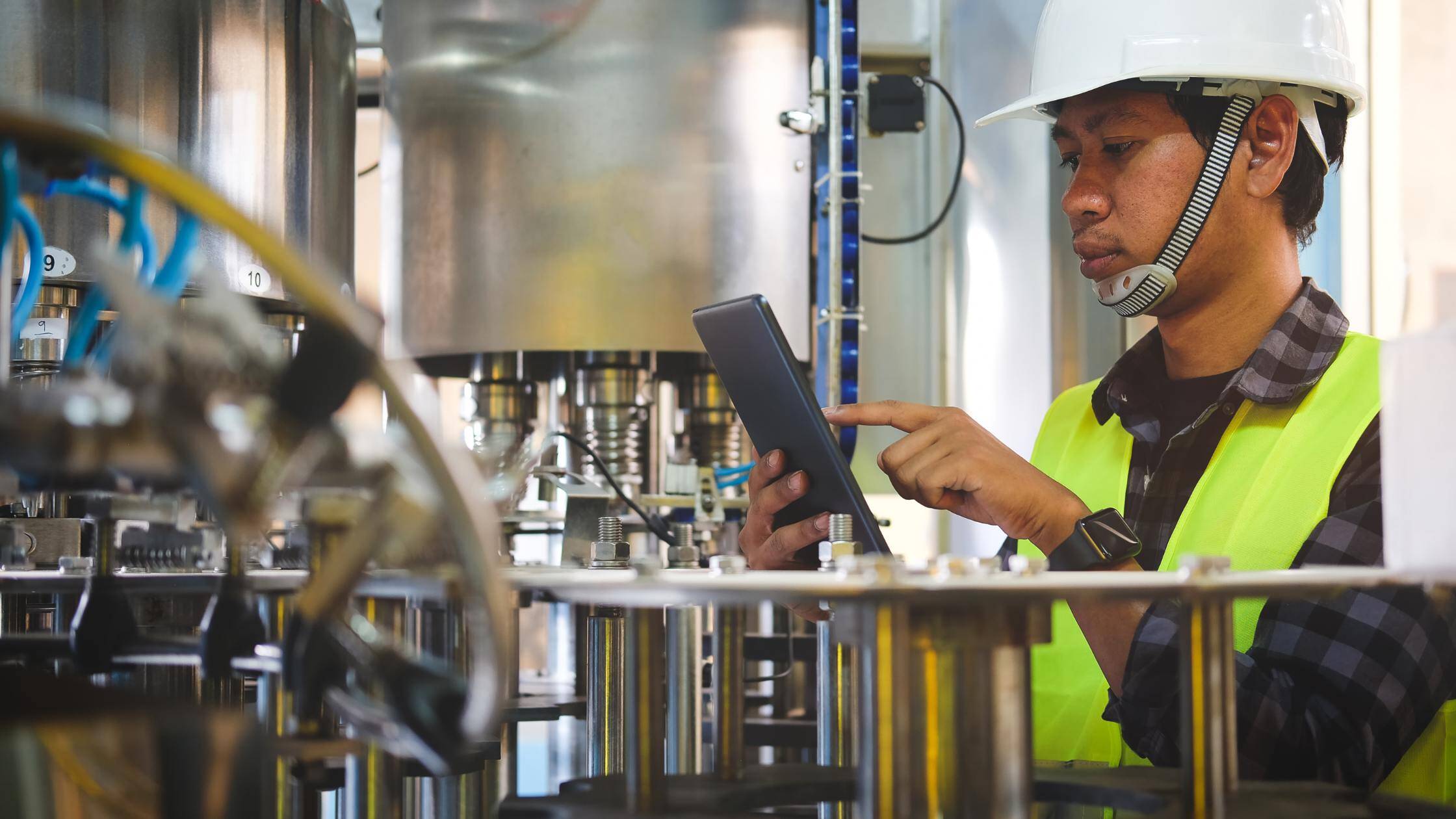
Related Case Studies
RS-485 is essential in industrial and building management systems, offering reliable long-distance communication and multi-device support. Its robust features ensure efficient sensor monitoring and data transmission in various applications, from automation to utility networks.

Related Case Studies
Explore how IoT remote monitoring is utilized in industries such as agriculture, healthcare, environmental management, and more. Remote monitoring paired with a data logger offers near-real-time insights into crucial data from a remote location. Ensuring timely decision-making and improved operational efficiency.